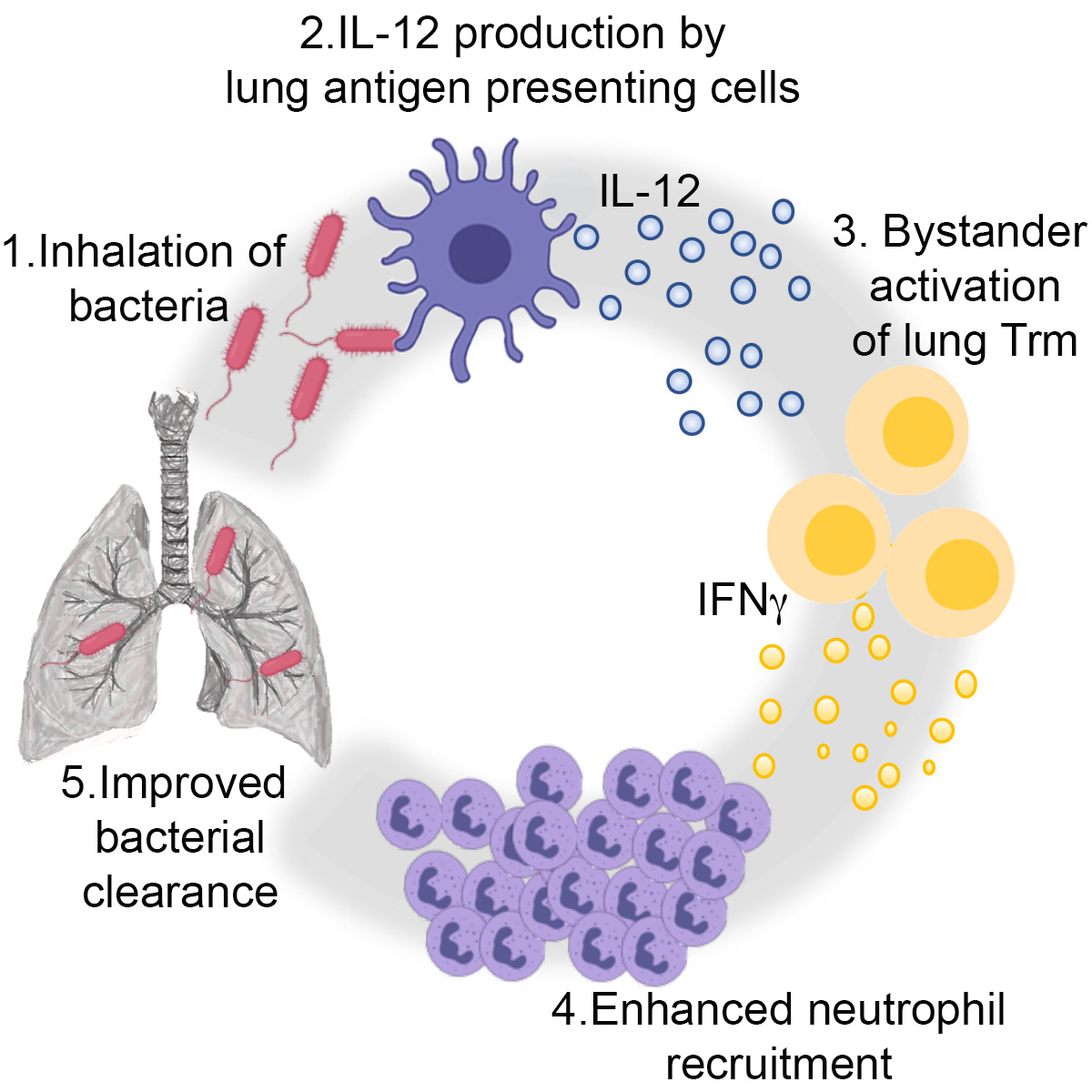07 Jan 2020
Tissue-resident memory T cells key to protection against bacterial pneumonia
Doherty Institute researchers have shown that tissue-resident memory T (TRM) cells could be used to protect against bacterial pneumonia.
TRM cells are a frontline defence that play a key role in local immunity.
University of Melbourne Dr Linda Wakim, a laboratory head at the Doherty Institute had previously established the crucial role TRM cells play in protecting against influenza infection in the lungs.
Published in Cell Reports, Dr Wakim and her team have found TRM cells could also provide protection against bacterial pneumonia, which is a leading cause of death following influenza infection.
“TRMs have a sensing and alarming function, and in response to inflammation induced by the bacteria, they can make inflammatory cytokines to recruit other cells to the site of infection, which ultimately results in the clearance of the bacteria,” Dr Wakim said.
“The ultimate goal down the track is the development of vaccines that utilise TRMs to protect against flu and the development of the serious complication of secondary bacterial pneumonia.
Dr Wakim said these findings present another step forward in the understanding and building of knowledge of the crucial role TRMs play in fighting infection.
To learn more about Dr Wakim's work, read this Pursuit piece from 2017.

Credit Linda Wakim and Cell Reports.


